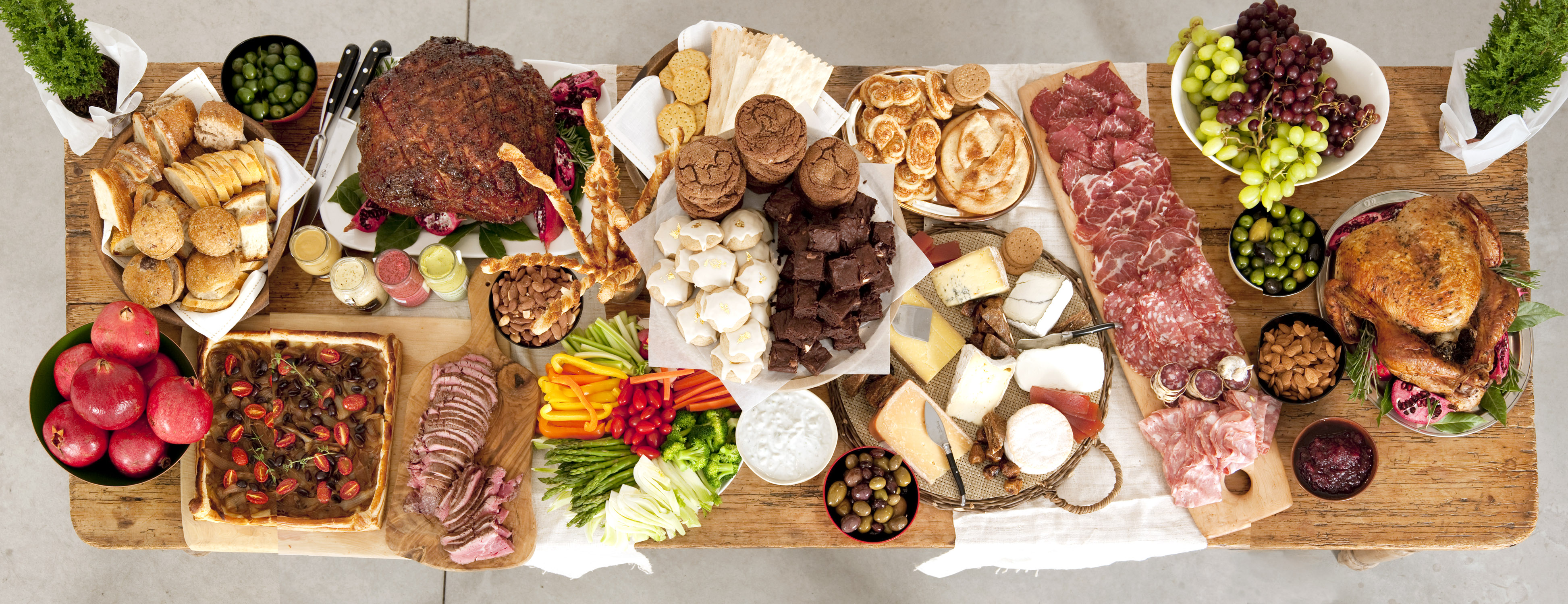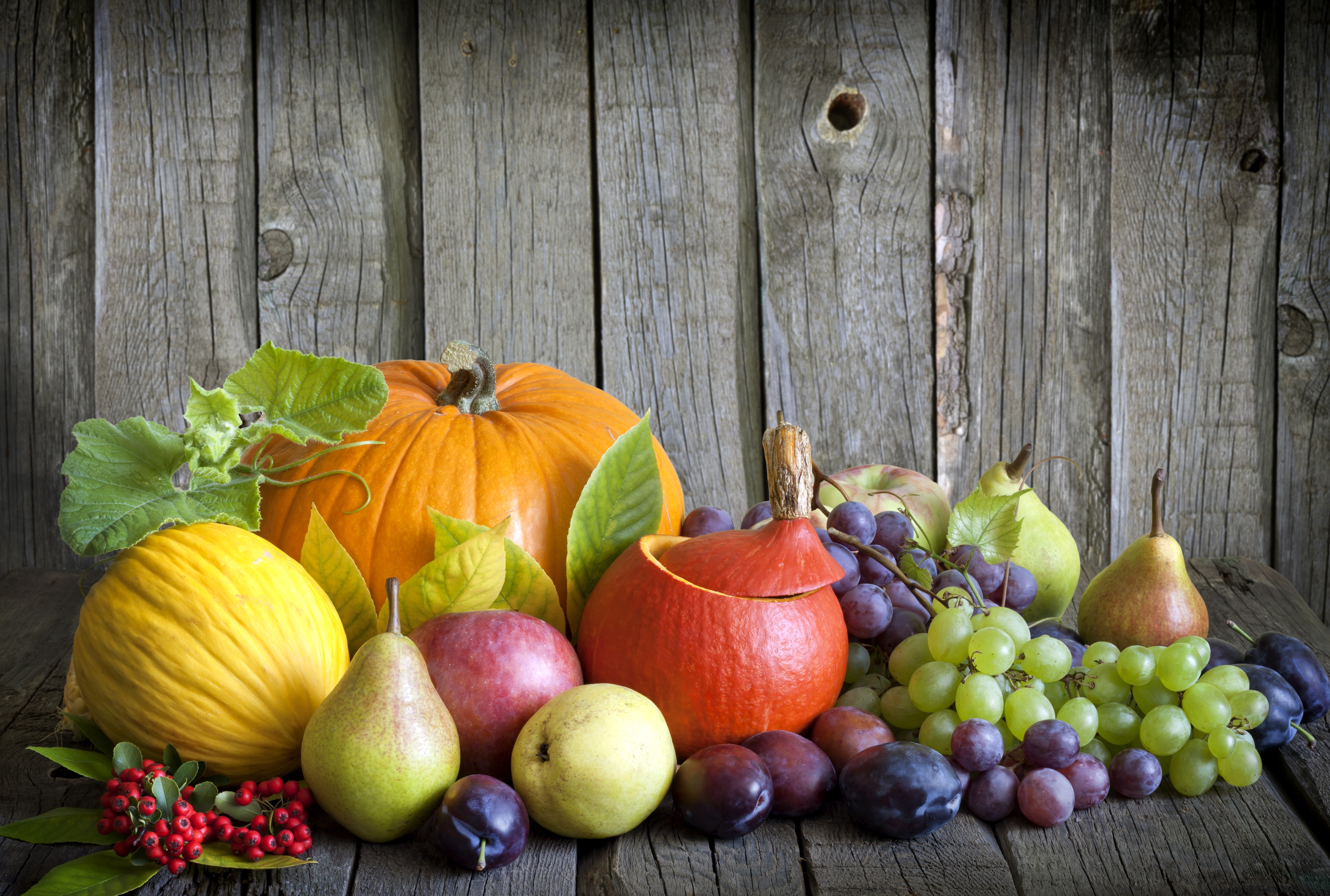 Holiday weight gain is a common concern during this time of year. Everyone is figuring out recipes, baking and spending time sharing meals with family. Holidays often encourage overeating, sedentary behavior and lots of high calorie and sugary foods. Here are some great tips on how to be active and eat healthier during the holidays:
Holiday weight gain is a common concern during this time of year. Everyone is figuring out recipes, baking and spending time sharing meals with family. Holidays often encourage overeating, sedentary behavior and lots of high calorie and sugary foods. Here are some great tips on how to be active and eat healthier during the holidays:
-Be active with family and friends. Take a family walk together, plan a 5k with your family or play a physical game of football or baseball in your yard with kids and cousins. A great way to make new memories and stay active.
-Don’t set out a buffet of unhealthy snacks. Ask family or friends to bring veggie and protein heavy snacks and skip the sweets and chips.
-Portion size is very important when trying to lose weight before or after bariatric surgery. If you want to enjoy those amazing mashed potatoes or homemade yams, portion size is key. Put a bite size portion on your plate to taste and enjoy instead of overindulging. Fill up on the good protein like turkey and healthy veggies and only add small portions of the high calorie/carbs that you crave. You can still enjoy the holiday food without the extra weight gain.
-Controlling stress levels is so important during the holidays. There are so many demands on you, but you cant take control. Try meditating, doing yoga or simply taking a walk or jog. This will help clear your mind, lower stress levels and help you control your junk food cravings caused by high stress.
-If you are cooking this holiday season, be mindful of taste testing during the process. Don’t cook while you are hungry. Make sure you have eaten a meal or some protein before cooking the holiday classics so that you aren’t tempted to over taste them. You can take a small taste to ensure flavor but don’t overindulge.
-Get plenty of sleep during the holidays. This may be hard to do but when you don’t get enough sleep, your body tends to be hungrier and you want to consume more. Less sleep also has been linked to a lower metabolism.
-Limit your sugar and dessert intake. There are many sweets during the holidays. If you must have a dessert during the holidays, it is best to focus on only your favorite, don’t be tempted by all of them. Make sure that you choose a very small portion and eat it slowly which will leave you more satisfied.
-Avoid processed foods when making your holiday dishes. Items such as boxed mashed potatoes and stuffing often contain sugar and unhealthy fats that take a toll on your weight. Plan to cook your meals from scratch so you can monitor what you are putting in your body.
Lastly, keep your hunger in check during the holidays. Make sure you don’t skip meals and you plan ahead. Stay active, get proper sleep and eat healthy! We are here to support you, call us anytime 817-832-7227.



